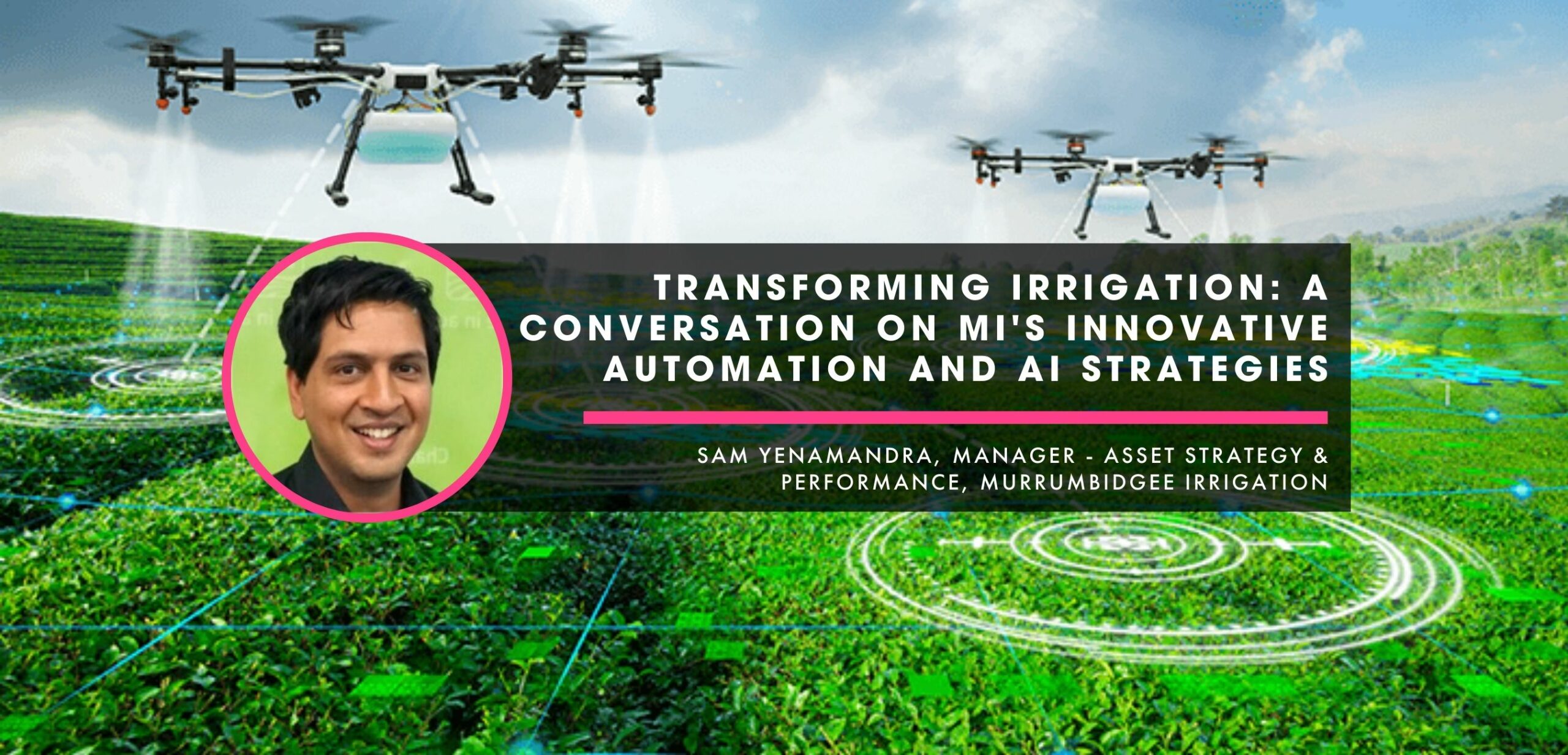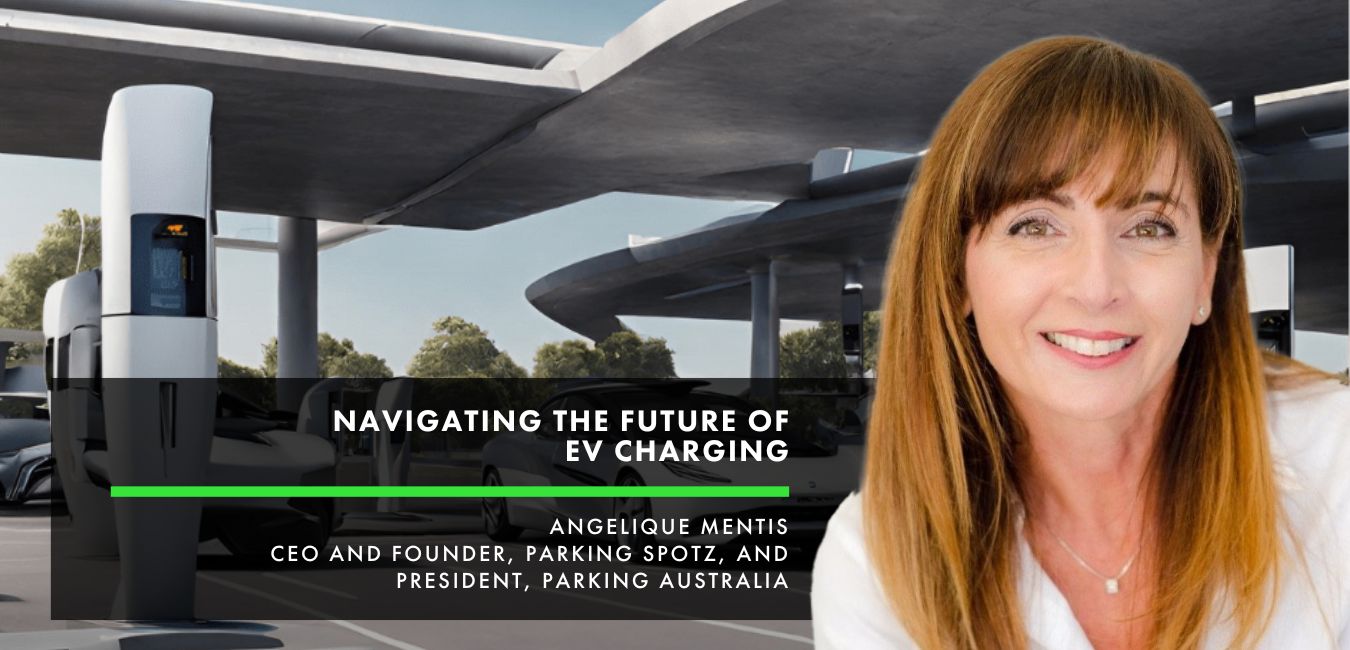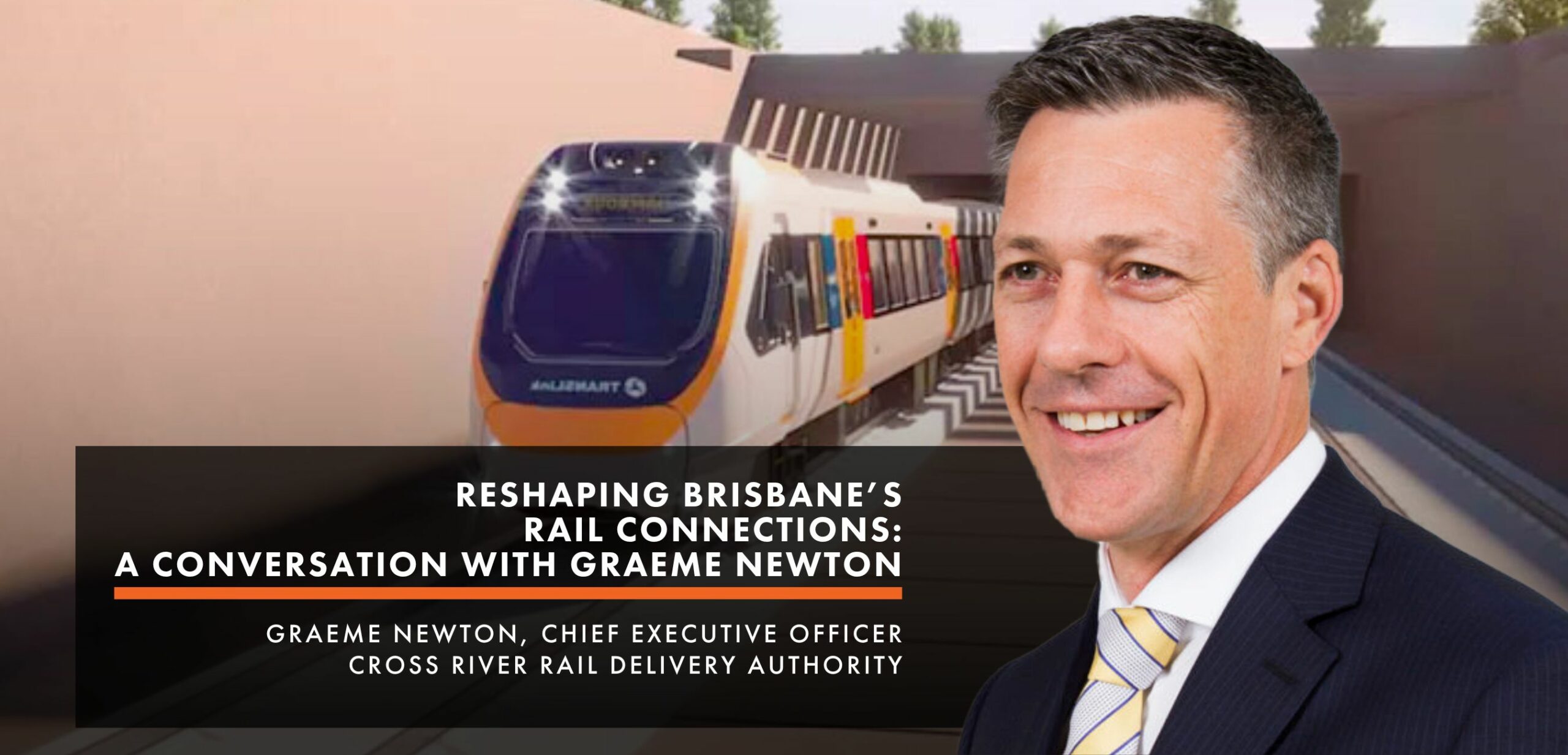FuturePlace Interview Spotlight, Sam Yenamandra
FuturePlace recently interviewed Sam Yenamandra, Manager – Asset Strategy & Performance, Murrumbidgee Irrigation, where we delve into the remarkable journey of MI (Irrigation Services) under the leadership of Sam Yenamandra. From pioneering automation in irrigation services to the development of a powerful digital twin and AI strategies, MI has emerged as a trailblazer in the industry. Sam shares insights into the challenges, strategies, and impactful outcomes for both customers and operational maintenance teams. Explore the intricacies of MI’s digital twin and learn how AI is revolutionising risk management strategies, offering a glimpse into the future of asset management in this evolving landscape.
FuturePlace: Sam, MI has emerged as a leader in irrigation services through your extensive automation program and the development of digital tools to support customer needs. Can you tell us a little bit more about this – how automation works, and how long did it take for you to get to this stage, and what it means for customers and your operational maintenance teams?
Sam Yenamandra: The area of operations for MI’s automated delivery infrastructure spans 380,000 hectares and includes over 3,000 kilometres of channels, 1,500 automated regulators and over 3,200 customer outlets. Customers can place water orders via an app and the system will co-ordinate a response across hundreds of kilometres of channels and hundreds of assets to fulfill this order. MI embarked on this automation journey in 2009 and by June this year our network for all intents and purposes will be fully automated. This extensive automated infrastructure has served as the basis for the creation of a digital twin and network performance computation tools which we started building in 2021 to support tactical and strategic decision making to lift asset performance and improve customer levels of service. Insights from these capabilities allows us to better co-ordinate and optimise our maintenance and operations to manage key risks that could impact customer experience when they order water through our network.
FuturePlace: Let’s now look in detail at your Digital twin and its role in asset automation strategy. The starting point is having the right strategy, gathering the right data and developing the algorithms. How did MI approach these issues?
Sam Yenamandra: Actually, the starting point is having the right business problem that needs to be solved and then working backwards in terms of data, tools, algorithms and strategy which ultimately roll up into outcomes for our customers. When we started on this journey, we deliberately picked the hardest problems and applied our creativity and ingenuity to solving them for our customers. Once the problems had been defined, we then pivoted to what we had available at our disposal, specifically we had large volumes of field data from instrumentation, strong performance engineering, hydrology and data science skills. We then built and battle tested minimum viable products of these computational tools so that immediate performance gains were realised, next we started combining the output of the tools to give us a more complete contextual understanding of network performance which became invaluable as we tackled more and more complex problems. Our intention from the outset was to operate at the network-wide level and all our digital twinning activities have been structured accordingly, this has allowed us to maximize the outcomes from our internal capabilities and improve asset performance across our entire integrated network. Our efforts in building this ‘High Performance Irrigation Network’ was recognized externally in 2023 when MI was named in AFR’s Top 10 Most Innovative Companies list in the Agriculture, Mining, Energy and Utilities category.
FuturePlace: Now let’s look into your AI machine learning strategy. I understand that you use AI to support your risk management strategies. Can you tell us more about that?
Sam Yenamandra: The scale and complexity of MI’s integrated delivery network lends itself nicely to the integration of Machine Learning and AI into risk management strategies, MI’s digital twin also means that we can integrate additional data sources to maximize our ability to tackle issues that impact our customers. Broadly we group AI/ML problems into exploratory, predictive and prescriptive categories, with the bulk of MI’s current efforts thus far in exploratory and predictive model building. MI’s core role is to deliver water to our customers in the best way possible and through our AI/ML strategy applied to the digital twin we can use our capabilities to understand the key delivery risks that have the potential to impact our customers’ level of service and put in place mitigation actions to reduce the likelihood of them occurring. In some cases, we are putting in place mitigation actions 12 months ahead of time and in other cases we manage delivery risk on a week by week basis.
FuturePlace: Do you have any experiences that really stick with you based on the implementation of this system – tips for other AI twin developers on what to avoid?
Sam Yenamandra: To keep this quite simple I would say focus on your hardest business problems and don’t restrict yourself based on your organisation’s current capabilities as they will grow in time, aim to operate at the largest scale you possibly can as this will give you the most value from your investment in this space, nurture curiosity and exploration as value can come from surprising places and lastly but perhaps most importantly develop your internal teams along the journey as they will sustain your AI/ML strategy into the future.
FuturePlace: What do you see as the future of AI twins as a strategy – what more can it do for businesses like MI and what other related evolutionary steps in asset management will it support?
Sam Yenamandra: Integrating AI twins in business strategy particularly for asset intensive industries will dramatically increase an organisation’s ability to tackle their most pressing challenges and improve outcomes for end-users. The rapid advances in AI/ML methods and cloud infrastructure this will allow for innovation in organisational strategy and evolving business models to meet unmet customer needs in addition to improving on current service levels. Asset management practices will continue to evolve and increasingly pivot around asset performance which will allow organisations to optimally generate value from, manage and operate their infrastructure. In a sense by incorporating AI twins into strategy, organisations in the future will be able to harness innovation, creativity and the collective imagination of their teams to add value to end-users in way that would have not been possible even a few years earlier.
Sam will be speaking at the Digital Built World Summit taking place on 27-28 February 2024 in Sydney.
The Summit is a key enabler of infrastructure digitisation. It will bring together over 300 industry leaders to learn, share experiences, identify best practice and develop expertise – and highlight how digital twin thinking can drive more value from data, optimise infrastructure performance and deliver better outcomes for society.







